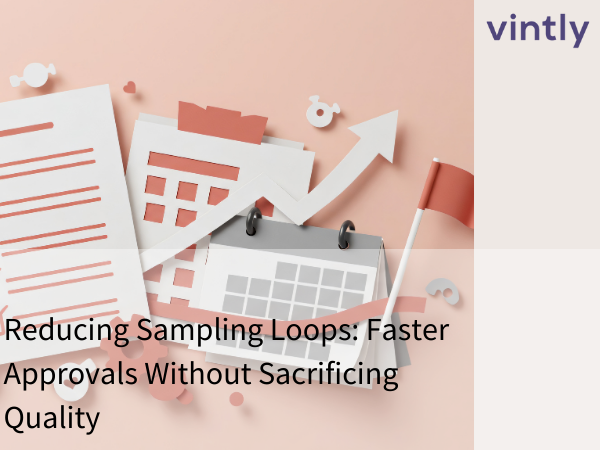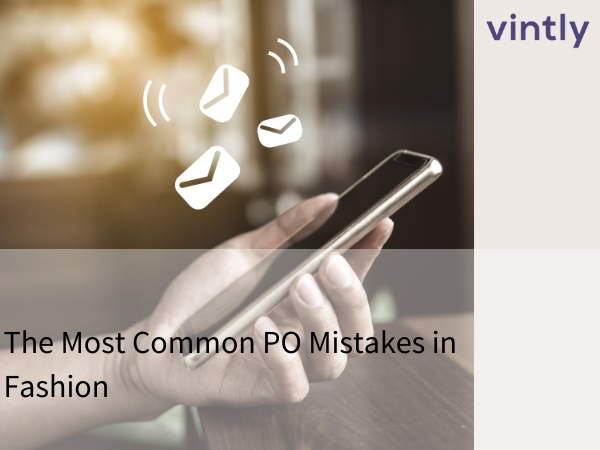Greenwashing vs. Genuine Sustainability in Fashion Supply Chains
Today’s consumers and investors expect more than empty sustainability slogans—they want real evidence. But as more brands tout eco-friendly credentials, the fashion industry faces increasing cases of greenwashing—where marketing smokescreens hide real environmental issues.
Here’s how brands can tell the difference between genuine sustainability and greenwashed hype:
What Is Greenwashing?
Greenwashing happens when companies use environmental messaging—like labels or campaigns—to appear sustainable, without changing harmful practices behind the scenes. In fashion, this often means vague collection names like “conscious” or “eco” that don’t match material sourcing, labor standards, or production emissions.
Many fast-fashion labels use green branding to distract from the fact that they're still driving mass production, waste, and pollution.
Proven Cases of Greenwashing
Investigative reporting by Earth.Org uncovered how five major fast-fashion brands, including H&M and Zara, have been flagged for misleading claims—such as suggesting broader sustainability goals while avoiding scrutiny of their overall production volume or waste streams 5 Fast-Fashion Brands Called Out for Greenwashing. These findings highlight how easy it is for green rhetoric to outpace real change.
Signs of Genuine Sustainability
Look for brands that:
- Publish data, not general claims — e.g., sharing emissions, recycling rates, or audit results
- Track their supply chain rigorously, from raw material to retail
- Commit to long-term goals, like reducing emissions or eliminating waste
- Invest in supplier improvements, not just marketing
In our article, From Fiber to Fabric: Ensuring Sustainability through Supplier Evaluations & Mapping, we dive into how brands can move past sustainability slogans to build transparent, continuously improving supply chains.
Why It Matters
With transparency on the rise, brands caught greenwashing face lawsuits, lost trust, and stiffer regulations. But those that back up their claims with action—such as tracking emissions and improving supplier conditions—win loyalty, reduce risk, and outpace competitors.
Final Take
Fashion’s future lies in verified sustainability not green labels. Brands that combine data, audits, and aggressive supplier accountability are the ones consumers will trust—and buy from—as sustainability becomes the new norm.
.png)


